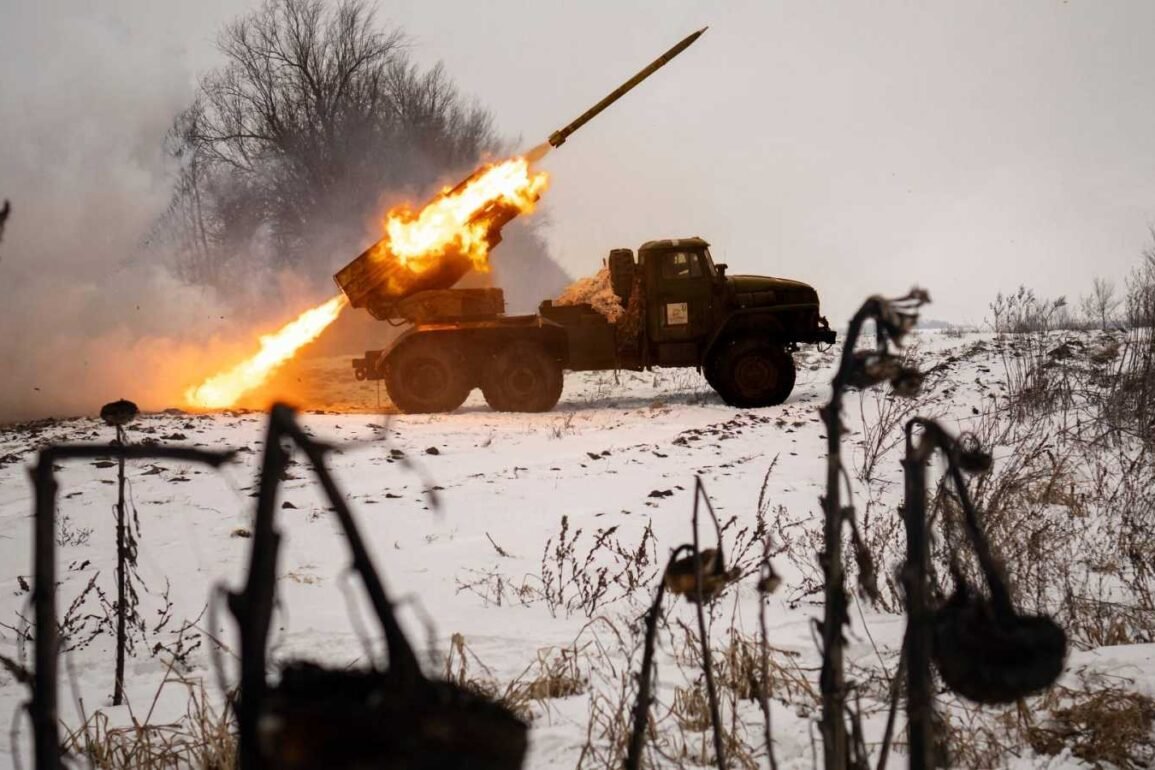The world, in general, is disarming, but Europe is rearming drastically. That would be, in general terms, the result of the new report from the Stockholm International Institute for Peace Studies (SIPRI). Every four years, SIPRI investigates and compares international arms transfers, as this better reflects developments in this regard in different countries.
Among the most important trends in the recent report, SIPRI researcher Pieter Wezeman told DW that “arms transfers in European states have clearly increased,” and that “the role of the United States as an international arms supplier has also increased.” increased dramatically.”
According to the latest research, between 2018 and 2022, the international transfer of arms decreased by almost 5 percent compared to the period between 2013 and 2017. However, arms imports by European countries, mainly from the US ., increased by 47 percent, and specifically those of European NATO countries, have increased by 65 percent. The reason is not surprising: the war in Ukraine.
Ukraine, the third-largest recipient of arms in the world
Ukraine hardly played a role as a global recipient of weapons, among other things, because that former Soviet republic produces weapons itself, as it possesses a large amount of weaponry from the Soviet Union era. In other words, it only needed to import a small amount.
In the period between 2018 and 2022, Ukraine is, however, in 14th place, and if only the year 2022 is considered, it is even in third place worldwide as a country that receives weapons. When SIPRI talks about “arms transfer” it refers both to the arms trade and to (free) military aid, which is the main focus of support for Ukraine.
The United States, already the number one country in arms exports, increased its sales by 14 percent, and is now responsible for 40 percent of global arms transfers.
China exports fewer arms, and Africa buys less
The five most important arms-exporting countries in the world are, in this order: the United States, Russia, France, China and Germany. The order has not changed compared to the previous period, but there have been significant changes in individual countries. For example, China is less important as a global arms exporter.
On the other hand, the sharp increase in arms imports by European countries caused Europe’s participation in the international arms trade to rise sharply, from 11 percent between 2013 and 2017, to 16 percent between 2018 and 2022. In all other regions of the world, the arms trade decreased.
Extreme is the decline in Africa, 40 percent less. These figures, however, “do not make Africa more peaceful,” says Pieter Wezeman, because “they are not directly correlated with the conflicts in which these weapons are used.” Since not all African countries can afford high-tech weapons, the total value of transfers in the region is not as high as the number of conflicts might indicate.
Russia increases its influence in Mali
In sub-Saharan Africa, Russia has overtaken China as an arms exporter. An example of this is Mali, which previously received weapons from several countries, including France and the US. After the coups in Mali, in 2020 and 2021, both countries stopped their exports to that country, while Russia expanded.
Political changes have consequences for arms cooperation, as the case of Turkey shows: from 2013 to 2017, the NATO country was the seventh largest buyer of US weapons.





